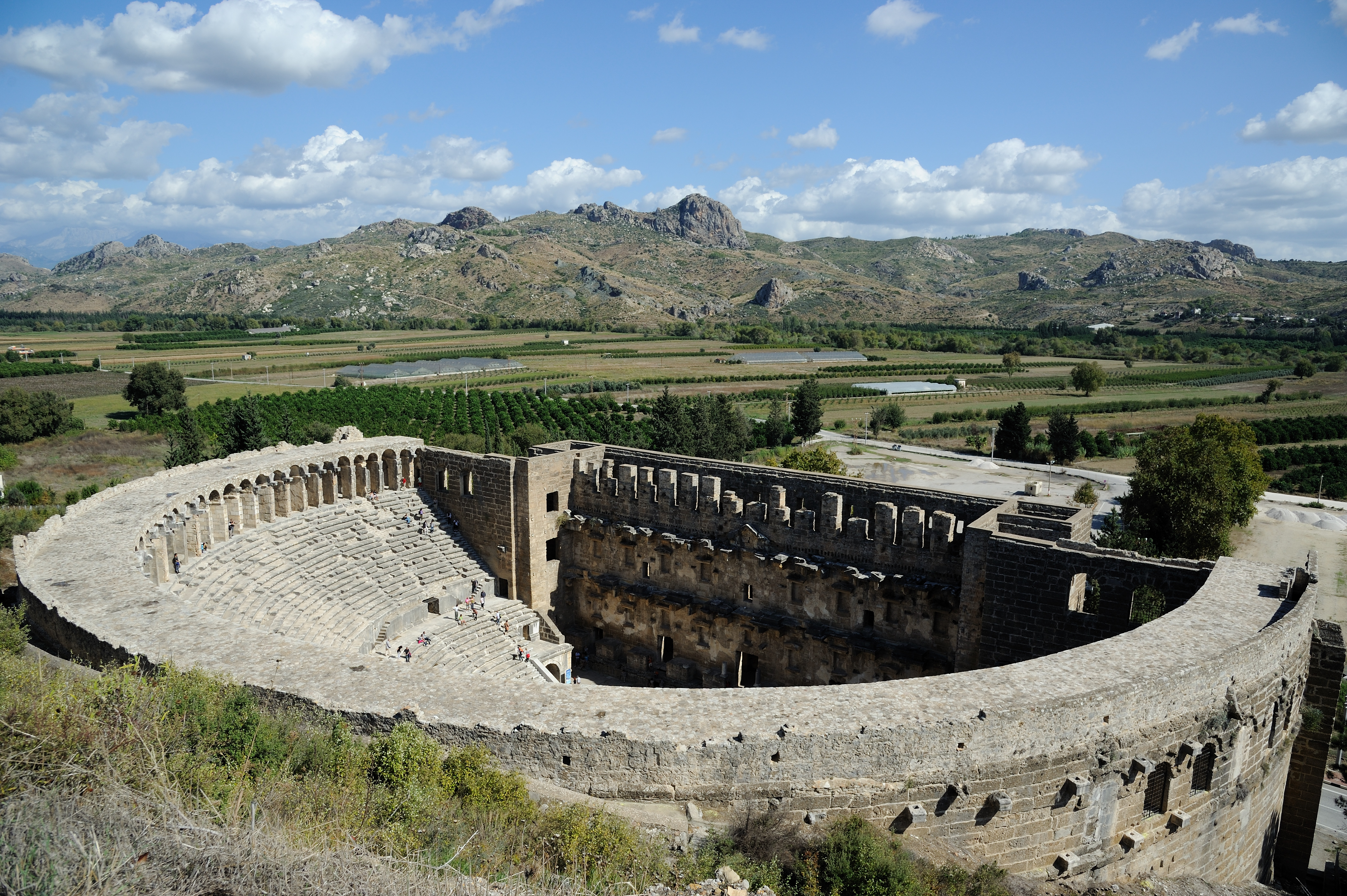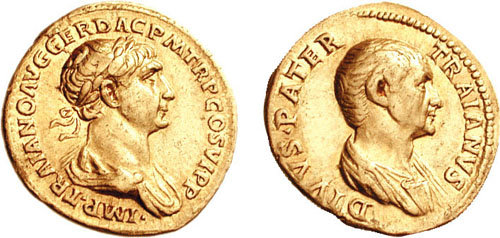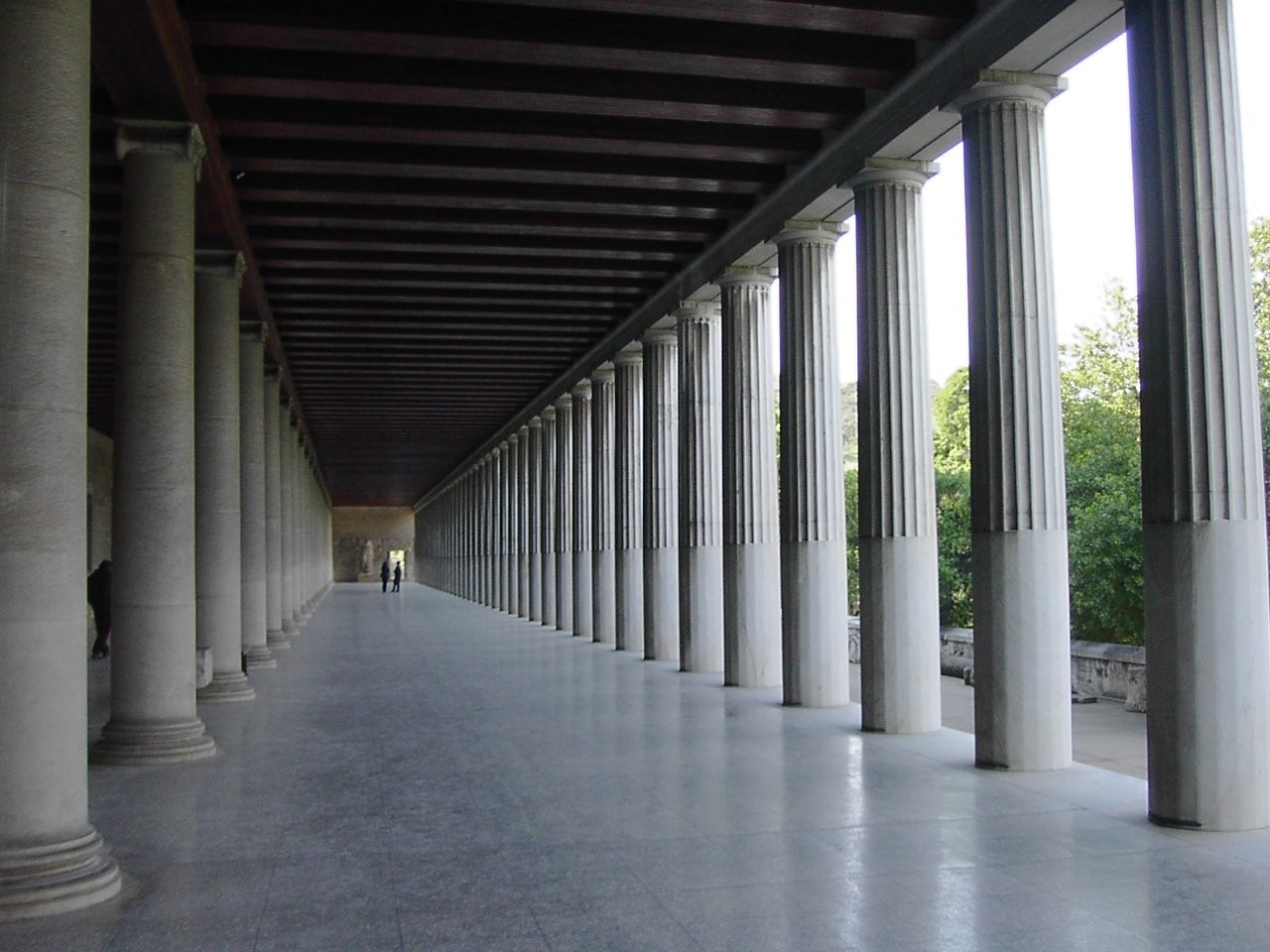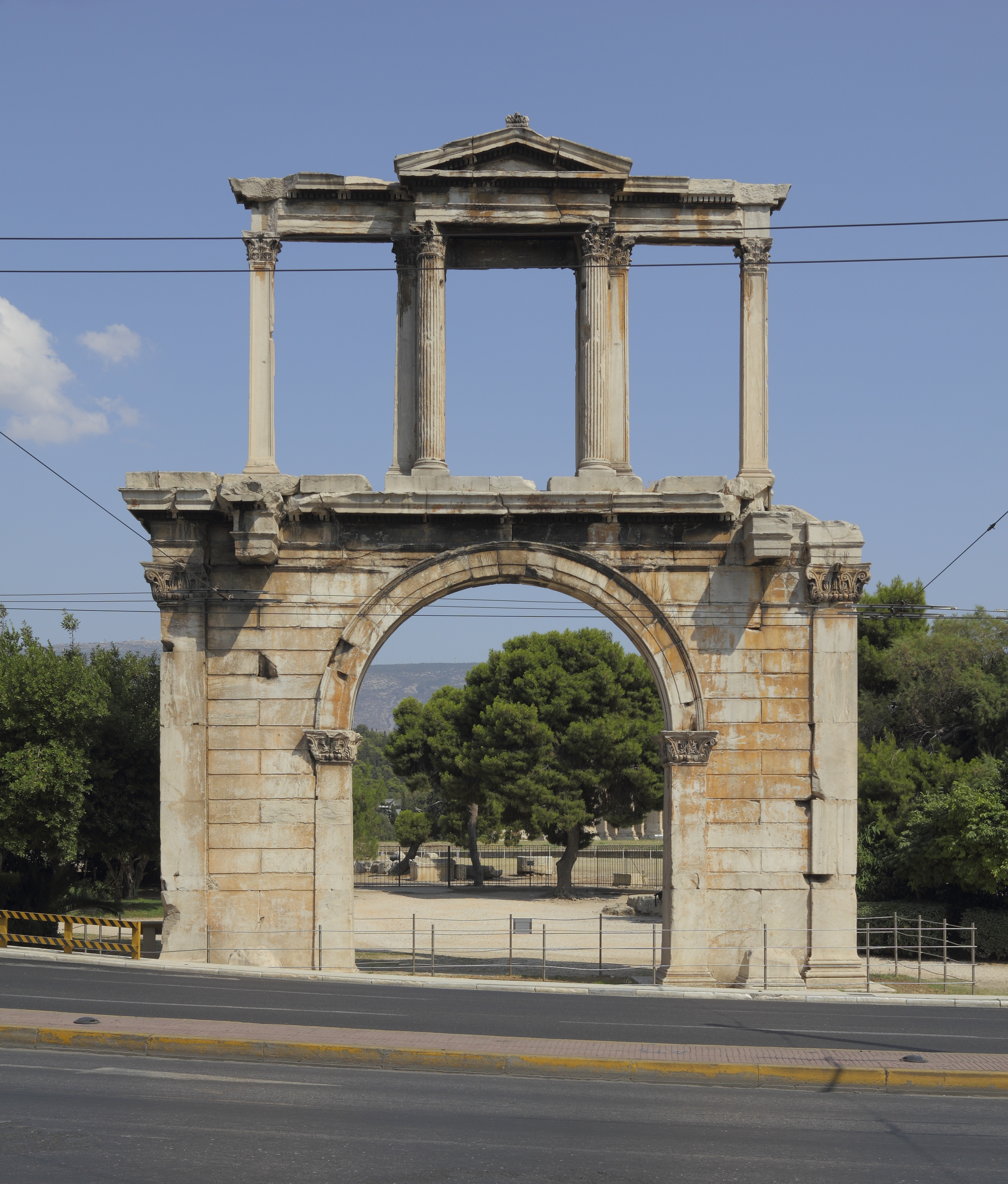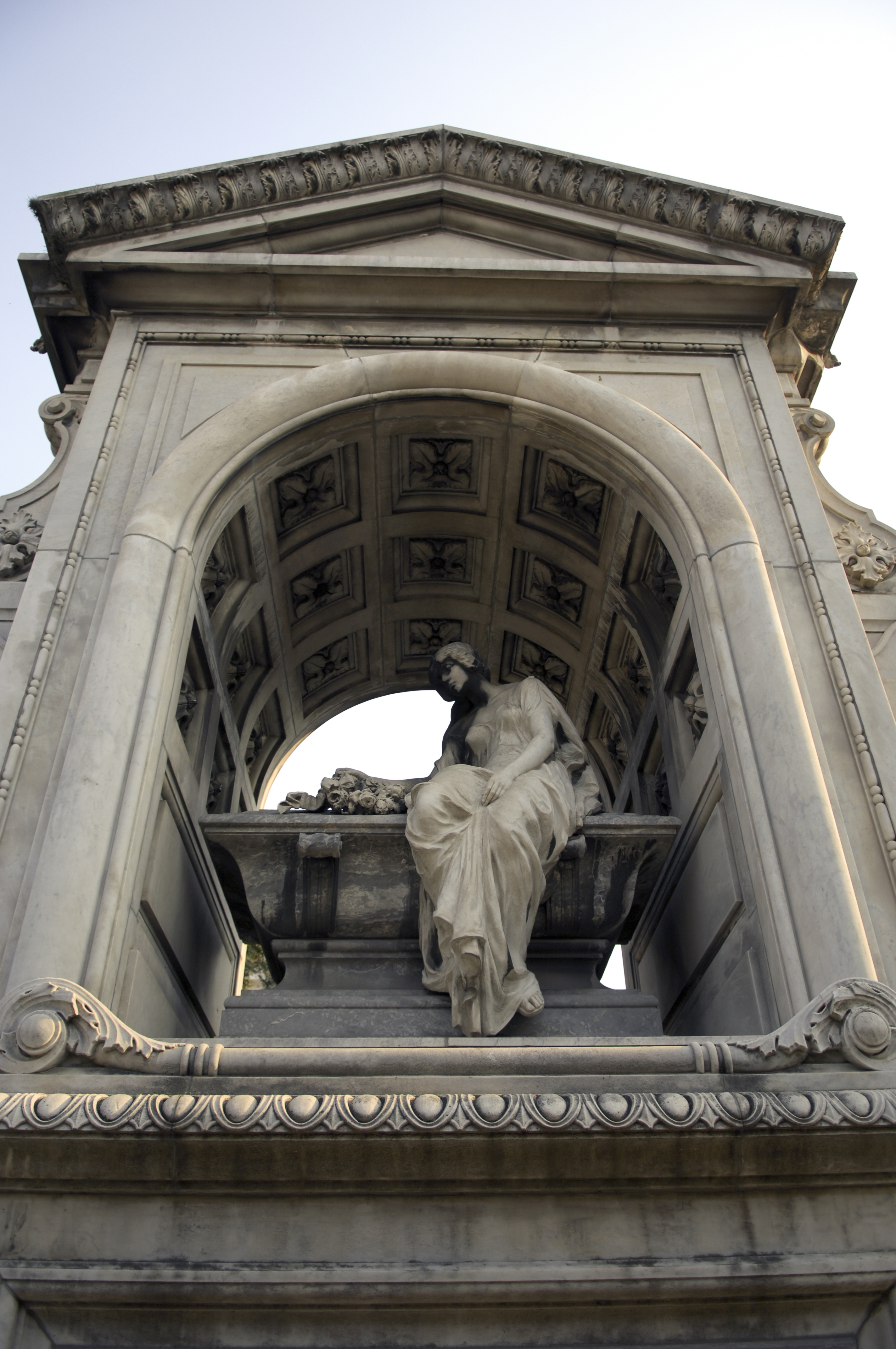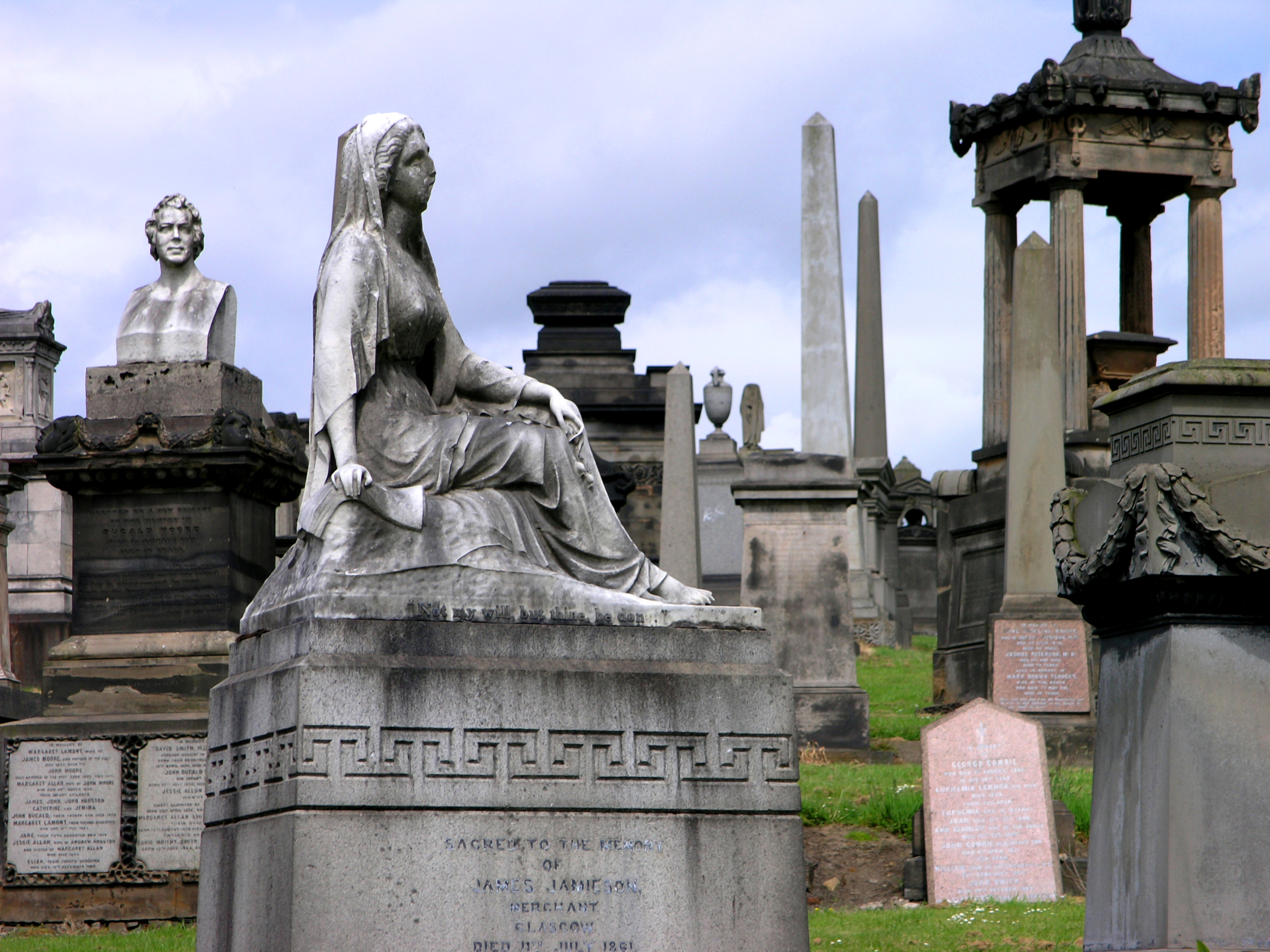|
Arycanda
Arycanda or Arykanda () is an Ancient Lycian city, former bishopric and present Catholic titular see in Antalya Province in the Mediterranean Region, Turkey, Mediterranean Region of Turkey. Arykanda was a rich but remote city built upon five large terraces high on a mountain slope, today located near the small modern village of Aykiriçay on the Elmalı-Finike road. The excellent state of preservation is due to its remote location and the city's early abandonment. The site has been partly excavated and restored by an Ankara University team. History Late Bronze Arycanda is known to be one of the old Lycian cities, as its name ends with -anda, indicative of its Anatolian origin; dating as far back as the 2nd millennium BC. Iron Age The oldest remains and finds from the city date from the 6th or 5th century BC. Archaeological evidence suggests it became a town in the third century BC, when it gained typically Greek monuments including an agora, bouleuterion, a small st ... [...More Info...] [...Related Items...] OR: [Wikipedia] [Google] [Baidu] |
Lycia
Lycia (; Lycian: 𐊗𐊕𐊐𐊎𐊆𐊖 ''Trm̃mis''; , ; ) was a historical region in Anatolia from 15–14th centuries BC (as Lukka) to 546 BC. It bordered the Mediterranean Sea in what is today the provinces of Antalya and Muğla in Turkey as well some inland parts of Burdur Province. The region was known to history from the Late Bronze Age records of ancient Egypt and the Hittite Empire. Lycia was populated by speakers of Luwic languages. Written records began to be inscribed in stone in the Lycian language after Lycia's involuntary incorporation into the Achaemenid Empire in the Iron Age. At that time (546 BC) the Luwian speakers were displaced as Lycia received an influx of Persian speakers. The many cities in Lycia were wealthy as shown by their elaborate architecture starting at least from the 5th century BC and extending to the Roman period. Lycia fought for the Persians in the Persian Wars, but on the defeat of the Achaemenid Empire by the G ... [...More Info...] [...Related Items...] OR: [Wikipedia] [Google] [Baidu] |
Antalya Province
Antalya Province () is a Provinces of Turkey, province and Metropolitan municipalities in Turkey, metropolitan municipality of Turkey. It is located on the Mediterranean Region, Turkey, Mediterranean coast of south-west Turkey, between the Taurus Mountains and the Mediterranean Sea. Its area is 20,177 km2, and its population is 2,688,004 (2022). Antalya Province is the centre of Turkey's tourism industry, attracting 30% of foreign tourists visiting Turkey. Its capital city of the same name was the world's third most visited city by number of international arrivals in 2011, displacing New York City, New York. Antalya is Turkey's biggest international Resort town, sea resort. The province of Antalya corresponds to the lands of ancient Lycia to the west, Pamphylia to the east, and part of Pisidia to the north. It features a shoreline of with beaches, ports, and ancient cities scattered throughout, including the World Heritage Site Xanthos. The provincial capital is Antalya ci ... [...More Info...] [...Related Items...] OR: [Wikipedia] [Google] [Baidu] |
Finike
Finike (), the ancient Phoenix or Phoinix (), also formerly Phineka, is a municipality and district of Antalya Province, Turkey. Its area is 768 km2, and its population is 49,720 (2022). It lies on the Mediterranean coast of Antalya Province in Turkey, to the west of the city of Antalya, along the Turkish Riviera. It is located on the southern shore of the Teke peninsula, and the coast here is a popular tourist destination. However, Finike is best known for its oranges, the symbol of the town. History For centuries Finike, then named Phoenix or Phoinix () was a port town of ancient Lycia, near the mountain of the same name. It was a trading port and the main port of Limyra, the capital city of Lycia. Phoenix was said to have been founded by Phoenicians in the 5th century BC, and thus named after its founders. The area has been inhabited for much longer than that; archaeologists have found evidence near the town of Elmalı showing that the Teke peninsula has been sett ... [...More Info...] [...Related Items...] OR: [Wikipedia] [Google] [Baidu] |
Trajan
Trajan ( ; born Marcus Ulpius Traianus, 18 September 53) was a Roman emperor from AD 98 to 117, remembered as the second of the Five Good Emperors of the Nerva–Antonine dynasty. He was a philanthropic ruler and a successful soldier-emperor who presided over one of the greatest military expansions in Roman history, during which, by the time of his death, the Roman Empire reached its maximum territorial extent. He was given the title of ('the best') by the Roman Senate. Trajan was born in the of Italica in the present-day Andalusian province of province of Seville, Seville in southern Spain, an Italic peoples, Italic settlement in Hispania Baetica; his came from the town of Todi, Tuder in the Regio VI Umbria, Umbria region of central Italy. His namesake father, Marcus Ulpius Traianus (father of Trajan), Marcus Ulpius Traianus, was a general and distinguished senator. Trajan rose to prominence during the reign of Domitian; in AD 89, serving as a in , he supported t ... [...More Info...] [...Related Items...] OR: [Wikipedia] [Google] [Baidu] |
Prytaneion
A ''prytaneion'' (, ) was seat of the ''prytaneis'' (Executive (government), executive), and so the seat of government in ancient Greece. The term is used to describe any of a range of ancient structures where officials met (normally relating to the government of a city), but the term is also used to refer to the building where the officials and winners of the Olympic Games met at Olympia, Greece, Olympia. The ''prytaneion'' normally stood in the centre of the city, in the agora. In general in ancient Greece, each state, city or village possessed its own central hearth and sacred fire, the ''prytaneion'', representing the unity and vitality of the community. The fire was kept alight continuously, tended by the king or members of his family. The building in which this fire was kept was the ''prytaneion'', and the chieftain (the king or ''prytanis'') probably made it his residence. The building contained the holy fire of Hestia, the goddess of the hearth, and symbol of the life of t ... [...More Info...] [...Related Items...] OR: [Wikipedia] [Google] [Baidu] |
Agora
The agora (; , romanized: ', meaning "market" in Modern Greek) was a central public space in ancient Ancient Greece, Greek polis, city-states. The literal meaning of the word "agora" is "gathering place" or "assembly". The agora was the center of the athletic, artistic, business, social, spiritual, and political life in the city. The Ancient Agora of Athens is the best-known example. Origins Early in Greek history (10th–4th centuries BC), free-born citizens would gather in the agora for military duty or to hear statements of the ruling king or council. Later, the agora also served as a marketplace, where merchants kept stalls or shops to sell their goods amid Arcade (architecture), arcades. This attracted artisans who built workshops nearby. From these twin functions of the agora as a political and a commercial spot came the two Greek verbs , ''agorázō'', "I shop", and , ''agoreúō'', "I speak in public". Ancient Agora of Athens The Ancient Agora of Athens was situat ... [...More Info...] [...Related Items...] OR: [Wikipedia] [Google] [Baidu] |
Odeon (building)
Odeon or Odeum (, , lit. "singing place") is the name for several ancient Ancient Greece, Greek and Ancient Rome, Roman buildings built for musical activities such as singing, musical shows, and poetry competitions. Odeons were smaller than List of ancient Greek theatres, Greek and Roman theatre (structure), Roman theatres. Etymology The ancient Greek word comes from the verb (, "I sing") which is also the root of (, "ode") and of (, "singer"). Description In a general way, the construction of an odeon was similar to that of an ancient Greek theatre (structure), ancient Greek theatre and Roman theatre (structure), Roman theatre, but it was only a quarter of the size and was provided with a roof for acoustics, acoustic purposes, a characteristic difference. The prototype odeon was the Odeon of Pericles (Odeon of Pericles, Odeon of Athens), a mainly wooden building by the southern slope of the Acropolis of Athens. It was described by Plutarch as "many-seated and many-columned" a ... [...More Info...] [...Related Items...] OR: [Wikipedia] [Google] [Baidu] |
Emperor Hadrian
Hadrian ( ; ; 24 January 76 – 10 July 138) was Roman emperor from 117 to 138. Hadrian was born in Italica, close to modern Seville in Spain, an Italic peoples, Italic settlement in Hispania Baetica; his branch of the Aelia gens, Aelia ''gens'', the ''Aeli Hadriani'', came from the town of Atri, Abruzzo, Hadria in eastern Italy. He was a member of the Nerva–Antonine dynasty. Early in his political career, Hadrian married Vibia Sabina, grandniece of the ruling emperor, Trajan, and his second cousin once removed. The marriage and Hadrian's later succession as emperor were probably promoted by Trajan's wife Pompeia Plotina. Soon after his own succession, Hadrian had four leading senators unlawfully put to death, probably because they seemed to threaten the security of his reign; this earned him the senate's lifelong enmity. He earned further disapproval by abandoning Trajan's expansionist policies and territorial gains in Mesopotamia (Roman province), Mesopotamia, Assyria ( ... [...More Info...] [...Related Items...] OR: [Wikipedia] [Google] [Baidu] |
Barrel-vault
A barrel vault, also known as a tunnel vault, wagon vault or wagonhead vault, is an architectural element formed by the extrusion of a single curve (or pair of curves, in the case of a pointed barrel vault) along a given distance. The curves are typically circular in shape, lending a semi-cylindrical appearance to the total design. The barrel vault is the simplest form of a vault: effectively a series of arches placed side by side (i.e., one after another). It is a form of barrel roof. As with all arch-based constructions, there is an outward thrust generated against the walls underneath a barrel vault. There are several mechanisms for absorbing this thrust. One is to make the walls exceedingly thick and strong – this is a primitive and sometimes unacceptable method. A more elegant method is to build two or more vaults parallel to each other; the forces of their outward thrusts will thus negate each other. This method was most often used in construction of churches, where sev ... [...More Info...] [...Related Items...] OR: [Wikipedia] [Google] [Baidu] |
Necropolis
A necropolis (: necropolises, necropoles, necropoleis, necropoli) is a large, designed cemetery with elaborate tomb monuments. The name stems from the Ancient Greek ''nekropolis'' (). The term usually implies a separate burial site at a distance from a city, as opposed to tombs within cities, which were common in various places and periods of history. They are different from grave fields, which did not have structures or markers above the ground. While the word is most commonly used for ancient sites, the name was revived in the early 19th century and applied to planned city cemeteries, such as the Glasgow Necropolis. In the ancient world Egypt Ancient Egypt is noted for multiple necropoleis and they are major archaeological sites for Egyptology.. Ancient Egyptian funerary practices and beliefs about the afterlife led to the construction of several extensive necropoleis to secure and provision the dead in the hereafter. Probably the best-known one is the Giza Necropolis. ... [...More Info...] [...Related Items...] OR: [Wikipedia] [Google] [Baidu] |
Hellenistic
In classical antiquity, the Hellenistic period covers the time in Greek history after Classical Greece, between the death of Alexander the Great in 323 BC and the death of Cleopatra VII in 30 BC, which was followed by the ascendancy of the Roman Empire, as signified by the Battle of Actium in 31 BC and the Roman conquest of Ptolemaic Egypt the following year, which eliminated the last major Hellenistic kingdom. Its name stems from the Ancient Greek word ''Hellas'' (, ''Hellás''), which was gradually recognized as the name for Greece, from which the modern historiographical term ''Hellenistic'' was derived. The term "Hellenistic" is to be distinguished from "Hellenic" in that the latter refers to Greece itself, while the former encompasses all the ancient territories of the period that had come under significant Greek influence, particularly the Hellenized Middle East, after the conquests of Alexander the Great. After the Macedonian conquest of the Achaemenid Empire in ... [...More Info...] [...Related Items...] OR: [Wikipedia] [Google] [Baidu] |


